Home>Garden Essentials>What Sanitizing Is Needed For Dog Kennel Near Children’s Play Area
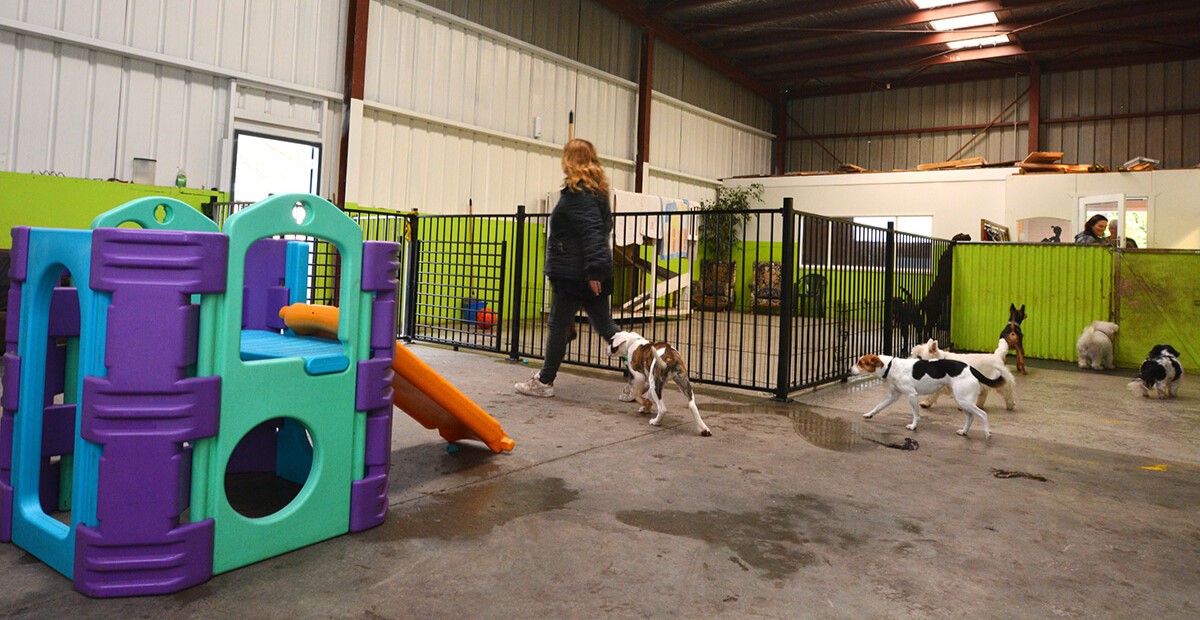

Garden Essentials
What Sanitizing Is Needed For Dog Kennel Near Children’s Play Area
Modified: March 24, 2024
Ensure a safe and hygienic environment for children in the garden by sanitizing the dog kennel and eliminating potential health hazards.
(Many of the links in this article redirect to a specific reviewed product. Your purchase of these products through affiliate links helps to generate commission for Storables.com, at no extra cost. Learn more)
Introduction
Welcome to the engaging and informative article about the necessary sanitizing measures for a dog kennel located near a children’s play area. When it comes to the health and safety of both our furry friends and our little ones, it’s crucial to ensure a clean and hazard-free environment. In this article, we will explore the importance of sanitizing a dog kennel, the potential risks involved in having one near a children’s play area, and the recommended sanitizing measures to maintain a safe and healthy space for everyone.
Dog kennels are common facilities that provide shelter and care for our beloved canine companions. They are designed to meet the needs of dogs, ensuring they have a secure and comfortable space to rest, play, and socialize. However, when a dog kennel is situated near a children’s play area, it requires additional attention to maintain cleanliness and prevent any potential health hazards.
Children are naturally curious and may be drawn to interact with dogs, making it essential to ensure that the dogs in the kennel are healthy, well-behaved, and in a clean environment. By implementing proper sanitizing measures, we can reduce the risk of spreading diseases, minimize exposure to allergens, and create a safe environment for both dogs and children.
In the following sections, we will delve into the importance of sanitizing a dog kennel, the potential risks associated with having one near a children’s play area, and the recommended sanitizing measures to ensure the well-being of both dogs and children. By following these recommendations, you can create a harmonious coexistence between dogs and children, fostering a safe and healthy environment for everyone involved.
Key Takeaways:
- Keep dog kennels near children’s play areas clean to prevent diseases and allergies. Regular cleaning, disinfecting, and waste management are essential for a safe and healthy environment for both dogs and children.
- Educate children on safe interactions with dogs to prevent accidents. Teach them to approach dogs calmly, respect their boundaries, and recognize warning signs to promote a harmonious relationship.
Importance of Sanitizing a Dog Kennel
Proper sanitizing of a dog kennel is crucial for several reasons. First and foremost, it helps to maintain the health and well-being of the dogs residing in the kennel. Dogs are susceptible to various diseases, parasites, and infections, and a clean and sanitized environment significantly reduces the risk of transmission.
Regular sanitizing of the kennel surfaces helps to eliminate harmful bacteria, viruses, and fungi. These microorganisms can thrive in unclean conditions and pose a serious threat to the dogs’ health. By implementing proper sanitizing practices, we can minimize the risk of infectious diseases spreading among the dogs, promoting their overall well-being.
In addition to protecting the dogs, sanitizing the kennel also benefits the children using the nearby play area. Many children are naturally curious and may come into contact with the dogs or their surroundings. By keeping the kennel clean and sanitized, we can reduce the chances of children being exposed to allergens or contracting any potential diseases transmitted by dogs.
Furthermore, a clean and well-maintained dog kennel creates a positive image for the facility or establishment. Visitors and pet owners value cleanliness and are more likely to trust and recommend a kennel that prioritizes hygiene. This can lead to increased customer satisfaction and improved reputation, ultimately benefiting the business.
Sanitizing a dog kennel also plays a critical role in preventing the spread of zoonotic diseases. Zoonotic diseases are infections that can be transmitted between animals and humans. By regularly disinfecting the kennel, we can minimize the risk of zoonotic diseases such as rabies, leptospirosis, and ringworm, safeguarding both the dogs and anyone who interacts with them.
Overall, the importance of sanitizing a dog kennel cannot be overstated. It is essential for the health and well-being of the dogs, the safety of the children nearby, and the reputation of the facility. By implementing proper sanitizing measures, we can create a clean and healthy environment for everyone involved, promoting the overall welfare and happiness of both dogs and children.
Potential Risks of a Dog Kennel near a Children’s Play Area
While having a dog kennel near a children’s play area can provide opportunities for interaction and learning, it also comes with certain risks that need to be acknowledged and addressed. Understanding these potential risks is crucial in order to implement appropriate safety measures and minimize any adverse outcomes. Let’s explore some of the potential risks associated with having a dog kennel near a children’s play area:
1. Allergies: Dogs can trigger allergies in some individuals, especially children who may be more susceptible. They may experience symptoms such as sneezing, itching, and respiratory issues when exposed to dog dander or saliva. This risk should be considered for children with known allergies.
2. Bites and Scratches: While the majority of dogs are friendly and well-behaved, there is always a risk of bites or scratches, particularly if a child approaches a dog without caution or disturbs them while they are resting or eating. It is crucial to educate children on how to interact with dogs safely and to monitor their interactions closely.
3. Infectious Diseases: Dogs, like all animals, can carry infectious diseases that can be transmitted to humans. Examples include rabies, ringworm, and leptospirosis. Close proximity between a dog kennel and a children’s play area can increase the risk of exposure to these diseases, especially if the kennel is not properly sanitized and maintained.
4. Tripping and Falling Hazards: Dog kennels may have structures or toys that can pose tripping hazards for children playing nearby. Additionally, dogs may sometimes chase after balls or toys thrown by children, increasing the risk of accidental collisions or falls. Adequate fencing and supervision can help mitigate these risks.
5. Noise and Stress: Dogs may bark or exhibit noisy behavior in a kennel setting, which can be overwhelming and stressful for some children. Excessive noise can disrupt play and affect the overall enjoyment of the play area. Strategies such as soundproofing or locating the kennel farther away from the play area can help mitigate these issues.
It is essential for dog kennels near children’s play areas to be aware of and address these potential risks. By implementing appropriate safety measures such as proper sanitization, training and socialization for dogs, clear signage, supervised interactions, and education for both children and adults, we can minimize the risks and create a safe and enjoyable environment for both dogs and children to coexist harmoniously.
Recommended Sanitizing Measures for a Dog Kennel
Maintaining a clean and sanitized dog kennel is essential to ensure the health and well-being of the dogs as well as the safety of children in the nearby play area. By implementing the following recommended sanitizing measures, you can create a safe and hygienic environment for everyone:
- Regular Cleaning: Establish a cleaning routine to remove any dirt, debris, and waste from the kennel. Clean surfaces, kennel bedding, and toys at least once a day to minimize the accumulation of bacteria and viruses.
- Disinfecting: Use pet-safe disinfectants to kill any remaining germs and bacteria. Follow the instructions on the disinfectant product and ensure that all surfaces, including floors, walls, and feeding areas, are thoroughly disinfected on a regular basis.
- Waste Management: Dispose of dog waste promptly and properly. Regularly clean and disinfect areas where dogs eliminate, such as designated potty areas. This helps minimize the risk of potential contamination and odor buildup.
- Proper Ventilation: Ensure adequate ventilation in the kennel to reduce the buildup of moisture and prevent the growth of mold and mildew. This helps maintain a clean and fresh-smelling environment.
- Water and Food Bowls: Clean and disinfect water and food bowls daily to prevent the growth of bacteria and other pathogens. Use separate bowls for each dog to avoid cross-contamination.
- Flea and Tick Prevention: Implement regular flea and tick prevention measures for the dogs in the kennel. This helps minimize the risk of infestations and reduces the chances of spread to humans or other animals.
- Regular Veterinary Check-ups: Ensure that all dogs in the kennel receive regular veterinary check-ups and vaccinations to prevent the spread of diseases. Keep records of vaccinations and medical treatments and maintain a schedule for routine veterinary visits.
- Training and Socialization: Prioritize training and socialization for the dogs in the kennel. Well-behaved and socialized dogs are less likely to exhibit aggressive behaviors and are easier to handle during cleaning and maintenance activities.
It is also important to establish clear protocols and provide training to the staff responsible for the kennel’s sanitation. They should be aware of the recommended sanitizing measures and follow proper hygiene practices while handling dogs and cleaning the kennel.
By implementing these recommended sanitizing measures, you can provide a clean, healthy, and safe space for both dogs and children. Regular cleaning, disinfecting, waste management, and proper veterinary care, along with effective training and socialization, will minimize the risk of diseases, allergies, and accidents, creating a pleasant environment for all.
Cleaning and Disinfecting the Dog Kennel Surfaces
Cleaning and disinfecting the surfaces of a dog kennel is an essential part of maintaining a hygienic and safe environment for both dogs and humans. By following proper cleaning and disinfection procedures, you can effectively remove dirt, germs, and odors, reducing the risk of disease transmission and creating a clean and comfortable space. Here are some recommended steps for cleaning and disinfecting dog kennel surfaces:
- Remove Dogs: Before starting the cleaning process, ensure that all the dogs are safely moved to an alternate area to prevent any interference or stress during the cleaning process.
- Remove Debris: Begin by removing any debris, such as dog hair, dirt, or waste, from the kennel surfaces. Use a broom, dustpan, or vacuum cleaner to thoroughly clean the area.
- Pre-soak: For stubborn stains or odors, pre-soak the affected areas with an appropriate cleaning solution. This will help loosen and remove dirt or grime more effectively.
- Scrubbing: Use a brush or scrubber along with a pet-safe cleaning solution to scrub all surfaces of the kennel thoroughly. Focus on areas that are frequently soiled, such as corners, floors, walls, and feeding areas. Pay special attention to any spots or stains.
- Rinse: After scrubbing, rinse the surfaces with clean water to remove any remaining cleaning solution or residue. This step is crucial to prevent any potential harm caused by ingestion or contact with cleaning chemicals.
- Disinfecting: Once the surfaces are cleaned, prepare a pet-safe disinfectant solution according to the manufacturer’s instructions. Apply the disinfectant to all kennel surfaces, including floors, walls, doors, and any other areas that come into contact with dogs or their waste.
- Drying: Allow the kennel surfaces to air dry completely. This helps prevent the growth of mold, mildew, and bacteria. Ensure proper ventilation during the drying process to speed up the evaporation and reduce moisture accumulation.
- Replace Bedding and Toys: Clean or replace kennel bedding and toys regularly to maintain cleanliness and prevent the buildup of bacteria or odors.
- Regular Maintenance: Implement a regular cleaning schedule to ensure the kennel surfaces are consistently clean and sanitary. Depending on the usage and number of dogs, daily or weekly cleaning may be required.
It is important to remember that the cleaning products used in a dog kennel should be pet-safe and non-toxic. Avoid using bleach or harsh chemicals that could be harmful to dogs or cause irritation. Instead, choose cleaning solutions that are specifically formulated for pet environments.
By following these cleaning and disinfection procedures, you can maintain a clean and hygienic dog kennel environment. Regular cleaning and disinfection of the surfaces will help prevent the spread of diseases, reduce odors, and provide a safe space for both dogs and humans to coexist comfortably.
Ensuring Proper Waste Management
Proper waste management is a crucial aspect of maintaining a clean and healthy environment in a dog kennel. Effective waste management not only promotes hygiene but also minimizes the risk of diseases and odors. By implementing the following waste management practices, you can ensure a safe and pleasant environment for both dogs and humans:
- Designated Waste Areas: Establish designated waste areas within the kennel where dogs can eliminate. These areas should be separate from the play and rest areas, reducing the chances of contamination.
- Regular Waste Removal: Implement a regular waste removal schedule to promptly clean up any dog waste. Remove feces and urine-soaked materials using gloves, bags, or scoopers designed for this purpose. Dispose of the waste in a proper bin or waste disposal system.
- Disinfection of Waste Areas: Regularly clean and disinfect the designated waste areas to minimize the buildup of bacteria and prevent unpleasant odors. Use pet-safe cleaning products to ensure the safety and well-being of the dogs.
- Odor Control: Use odor control products or techniques, such as enzymatic cleaners or natural deodorizers, to reduce the strong smells associated with dog waste. This helps maintain a fresh and pleasant atmosphere within the kennel.
- Proper Waste Disposal: Ensure that the waste is disposed of in accordance with local regulations and guidelines. Follow the proper waste disposal methods to minimize environmental impact and prevent contamination of surrounding areas.
- Education and Training: Educate the staff, volunteers, and dog owners about the importance of proper waste management. Train them on the correct procedures for waste removal, emphasizing the significance of cleanliness and hygiene.
- Waste Monitoring: Regularly check the waste areas for signs of excessive waste accumulation or any issues that may require attention. Promptly address any overflowing waste bins or drainage problems to prevent unsanitary conditions.
- Hygiene Practices: Encourage proper hygiene practices among staff, volunteers, and visitors. Emphasize the importance of handwashing after handling waste or coming into contact with dogs to prevent the spread of bacteria or disease.
Remember, waste management is an ongoing responsibility. By implementing these practices consistently, you can create a clean and sanitary environment in the dog kennel. Regular waste removal, disinfection of waste areas, and proper waste disposal are essential for maintaining a healthy and odor-free space for both the dogs and anyone using the nearby play area.
Proper waste management not only promotes the health and well-being of dogs but also demonstrates a commitment to cleanliness and hygiene, establishing a positive reputation for the dog kennel and ensuring the safety and satisfaction of all those who interact with it.
Regularly clean and sanitize the dog kennel near the children’s play area with a pet-safe disinfectant to prevent the spread of germs and keep the area safe for kids.
Maintaining a Clean and Odor-Free Environment
Keeping a dog kennel clean and odor-free is crucial for promoting a healthy and pleasant environment for both dogs and humans. A clean and fresh-smelling kennel not only enhances the living conditions for the dogs but also creates a positive atmosphere for visitors and staff. By implementing the following strategies, you can maintain a clean and odor-free environment in your dog kennel:
- Regular Cleaning: Establish a consistent cleaning routine that includes sweeping, mopping, and wiping down surfaces to remove dirt, dust, and debris. This helps prevent the buildup of allergens and unpleasant odors.
- Proper Ventilation: Ensure adequate ventilation in the kennel to allow for the circulation of fresh air and the removal of stale or humid air. Proper airflow helps reduce moisture, minimize odors, and prevent the growth of mold and mildew.
- Odor Neutralizers: Utilize odor-neutralizing products such as pet-safe air fresheners, deodorizers, or air purifiers, to combat any lingering smells. Choose products specifically designed for pet environments to ensure the safety and well-being of the dogs.
- Regular Bedding and Toy Cleaning: Clean or replace bedding and toys on a regular basis to prevent odors from building up. Launder bedding using pet-safe detergents and sanitize or replace toys as needed.
- Drainage Maintenance: Ensure that all drainage systems in the kennel, including those in the designated waste areas, are properly maintained and functioning. Regularly check for any blockages or leaks that could lead to unpleasant odors or unsanitary conditions.
- Professional Cleaning Services: Consider hiring professional cleaning services periodically to perform a deep clean of the kennel. Professional cleaners have the expertise and equipment to thoroughly sanitize and eliminate odors, ensuring a fresh and hygienic environment.
- Pet-Friendly Cleaning Products: Use pet-friendly cleaning products that are safe for both dogs and humans. Avoid using harsh chemicals or cleaners that may have strong odors or be potentially harmful to the dogs or the environment.
- Regular Inspections: Conduct regular inspections of the kennel to identify any potential odor sources or cleanliness issues. Address them promptly to prevent them from becoming larger problems.
- Staff Training and Education: Provide training and education to staff members on the importance of cleanliness and odor control. Teach them proper cleaning techniques and encourage them to report any issues or concerns they may come across.
Maintaining a clean and odor-free environment in the dog kennel not only contributes to the overall well-being of the dogs but also enhances the experience for visitors and staff. It creates a positive impression of professionalism and care, ensuring the safety, health, and satisfaction of everyone involved.
By following these strategies and implementing regular cleaning, odor control measures, and staff training, you can ensure that your dog kennel remains clean, fresh-smelling, and inviting, providing a comfortable and enjoyable space for both dogs and humans.
Implementing Regular Veterinary Check-ups for Dogs
Regular veterinary check-ups are a vital aspect of maintaining the health and well-being of dogs in a kennel setting. By implementing a schedule of routine veterinary visits, you can ensure that the dogs in your care receive the necessary medical attention, preventive care, and early detection of any potential health issues. Here are the key reasons why regular veterinary check-ups are essential:
- Preventive Care: Veterinary check-ups allow for the implementation of essential preventive care measures such as vaccinations, deworming, and flea and tick control. These preventive measures help protect the dogs from various diseases, parasites, and infections.
- Health Monitoring: Regular check-ups provide an opportunity for veterinarians to assess the overall health of each dog. They can conduct physical examinations, analyze vital signs, and identify any underlying health issues that may require further investigation or treatment.
- Early Disease Detection: Veterinary check-ups help in the early detection of potential health problems. Through physical examinations, blood tests, and other diagnostic procedures, veterinarians can identify signs of illnesses or diseases before they progress to more serious stages.
- Dental Care: Dental health is vital for dogs, and regular veterinary check-ups allow for dental examinations and cleanings. Maintaining proper dental hygiene can prevent gum diseases, tooth decay, and other dental issues that can affect the overall health of the dogs.
- Maintaining Vaccination Records: Regular veterinary check-ups ensure that the dogs are up to date on their vaccinations. Keeping accurate vaccination records is essential for the health and safety of both the dogs and any individuals who come into contact with them.
- Specialized Care and Treatment: Veterinary professionals possess the knowledge and expertise to provide specialized care and treatment for specific conditions or health concerns that may arise. They can recommend appropriate medications, therapies, or dietary adjustments based on each dog’s individual needs.
- Weight Management: Regular check-ups allow for monitoring and addressing weight-related concerns. Veterinarians can provide guidance on proper nutrition, exercise routines, and weight management strategies to keep the dogs in optimal physical condition.
- Behavioral Assessment: Veterinarians can assess any behavioral issues during check-ups and provide guidance on training or behavior modification techniques. Addressing behavioral concerns enhances the overall well-being and temperament of the dogs.
By implementing regular veterinary check-ups for the dogs in your kennel, you demonstrate a commitment to their health and well-being. It ensures that they receive timely medical care, preventive measures, and early intervention when necessary. Regular check-ups contribute to the overall longevity, happiness, and quality of life for the dogs.
Remember to keep detailed records of each dog’s veterinary visits, including vaccinations, medications, and any recommended follow-up care. Good record-keeping helps track their healthcare history and ensures that they receive the necessary care on an ongoing basis.
By prioritizing regular veterinary check-ups, you are taking proactive steps to maintain the health and welfare of the dogs in your kennel, providing them with the highest standard of care and ensuring the safety and well-being of everyone involved.
Training Dogs for Good Hygiene and Behavior
Training dogs for good hygiene and behavior is essential in a dog kennel setting to maintain a clean and safe environment for both dogs and humans. By implementing effective training strategies, you can promote good hygiene practices and prevent behavioral issues that may arise. Here are some key aspects to consider when training dogs for good hygiene and behavior:
- Potty Training: Teaching dogs proper elimination habits is crucial for maintaining cleanliness in the kennel. Establish a designated potty area and consistently reinforce positive potty habits through rewards and praise. Use verbal cues and take dogs to the designated area at appropriate times.
- Basic Obedience Training: Training dogs in basic commands such as sit, stay, come, and leave it helps in managing their behavior and fostering good hygiene practices. By having control over their movements, you can prevent them from engaging in undesirable behaviors or accessing areas that may compromise cleanliness or safety.
- Proper Leash Walking: Teaching dogs to walk comfortably on a leash helps maintain control and prevent them from fouling areas outside of designated potty areas. Reinforce leash manners, encourage regular exercise, and clean up after dogs during walks to ensure cleanliness in public spaces.
- Encouraging Self-Grooming: Promote self-grooming behaviors such as licking paws, wiping faces, and scratching appropriately. Reinforce and praise dogs when they engage in these behaviors, promoting good hygiene habits and minimizing the need for excessive grooming by staff or owners.
- Teeth and Ear Cleaning: Introduce dogs to regular teeth and ear cleaning routines. Use appropriate dog-friendly products and techniques to maintain oral and ear health. Gradually acclimate dogs to these procedures through positive reinforcement and rewards.
- Routine Bathing: Train dogs to remain calm and cooperative during bathing sessions. Gradually introduce water, shampoo, and the bathing process, rewarding and praising dogs for their cooperation. Proper bathing helps keep dogs clean, reduces odors, and maintains skin and coat health.
- Handling and Restraint: Train dogs to be comfortable with being handled and restrained, which is essential for grooming, veterinary examinations, and other necessary procedures. Teach proper handling techniques, ensuring the safety and well-being of both the dogs and those handling them.
- Socialization: Socialize dogs to various environments, people, and other animals. Early and ongoing socialization helps to reduce fear, anxiety, and aggression, ensuring that dogs can interact appropriately with staff, visitors, and other dogs. A well-socialized dog is more likely to exhibit good behavior and maintain good hygiene habits.
- Positive Reinforcement: Utilize positive reinforcement techniques, such as rewards, treats, and praise, to encourage and reinforce good hygiene and behavior. Focus on rewarding desired behaviors rather than punishing unwanted behaviors, creating a positive and cooperative learning environment.
Consistency, patience, and positive reinforcement are key elements in training dogs for good hygiene and behavior. Recognize that each dog is an individual and may require different training methods or timelines. Customize training plans based on the dog’s personality, needs, and learning style.
Training dogs for good hygiene and behavior not only contributes to a clean and safe kennel environment but also enhances the overall well-being and happiness of the dogs. It fosters a positive relationship between dogs, staff, and visitors, ensuring a harmonious and enjoyable experience for everyone involved.
Educating Children about Safety Measures around Dogs
Educating children about safety measures around dogs is crucial for their own well-being and for fostering positive interactions between children and dogs. By providing children with the knowledge and skills to understand and respect dogs, we can minimize the risk of accidents and create a safe environment for both children and dogs. Here are some important safety measures to teach children:
- Approaching Dogs: Teach children to always ask for permission from an adult or the dog’s owner before approaching or petting a dog. Instruct them to approach slowly with a calm demeanor to avoid startling the dog.
- Proper Petting: Show children the appropriate way to pet a dog by gently stroking their back or chin. Teach them to avoid sensitive areas like the face or tail, as dogs may find these areas uncomfortable or threatening.
- Respecting Boundaries: Explain to children that not all dogs enjoy being hugged, kissed, or chased. Teach them to recognize signs of fear, stress, or aggression in dogs, such as growling, snapping, or raised fur, and instruct them to give the dog space.
- Avoiding Disturbing Dogs: Instruct children to respect a dog’s space when they are eating, sleeping, or caring for puppies. Teach them to avoid running or screaming around dogs, as this may excite or agitate them.
- Recognizing Warning Signs: Help children understand the warning signs that a dog may be feeling uncomfortable or scared, such as backing away, growling, or showing their teeth. Teach children to immediately stop their approach and inform an adult if they observe these signs.
- Reporting Stray or Lost Dogs: Educate children on how to respond if they encounter a stray or lost dog. Teach them to find a trustworthy adult, such as a teacher or a parent, and report the situation to ensure the dog’s safety and prevent any potential harm.
- Avoiding Teasing or Provoking Dogs: Emphasize the importance of not teasing, yelling at, or intentionally provoking dogs. Teach children that dogs may react unpredictably if they feel threatened or antagonized.
- Handwashing after Interactions: Instruct children to thoroughly wash their hands with soap and water after petting, handling, or playing with dogs. This helps prevent the spread of germs and reduces the risk of diseases.
- Importance of Supervision: Stress the significance of adult supervision when children are interacting with dogs, both at home and in public settings. Encourage children to inform an adult if they encounter an unfamiliar or potentially dangerous dog.
- Leading by Example: Set an example for children by demonstrating proper dog safety and respect. Show them how to interact safely and kindly with dogs and explain the reasons behind each safety measure.
By educating children about these safety measures, we can promote a harmonious relationship between children and dogs while reducing the risk of accidents or conflicts. Encourage open communication and a welcoming environment where children feel comfortable asking questions or expressing concerns about dogs.
Remember to adapt the education to the child’s age and developmental level. Revisit these safety measures regularly to reinforce the importance of dog safety and to accommodate any age-appropriate changes in their understanding and abilities.
By instilling a sense of responsibility, knowledge, and respect for dogs, we can create a safer environment for both children and dogs, fostering a positive and enriching experience for everyone involved.
Conclusion
Maintaining a dog kennel near a children’s play area requires careful consideration and implementation of various sanitizing measures to ensure the health and safety of both dogs and children. By prioritizing cleanliness, proper waste management, and regular veterinary check-ups, we can create a safe and enjoyable environment for everyone involved.
The importance of sanitizing a dog kennel cannot be overlooked. Regular cleaning and disinfection of kennel surfaces help prevent the spread of diseases among dogs and reduce the risk of transmission to children. Proper waste management practices, including designated waste areas and prompt removal, maintain cleanliness and prevent contamination.
Regular veterinary check-ups are vital for the overall health and well-being of dogs in the kennel. Through preventive care, early disease detection, and specialized treatment, we can ensure that the dogs receive the necessary medical attention to thrive.
Training dogs for good hygiene and behavior is an integral part of maintaining a clean and safe environment. By teaching dogs proper elimination habits, enforcing basic obedience, and promoting self-grooming, we foster good hygiene practices and minimize behavioral issues.
Educating children about safety measures around dogs is paramount. By teaching children to approach dogs calmly, respect their boundaries, and recognize warning signs, we promote safe interactions and prevent any potential accidents.
In conclusion, by implementing these recommended sanitizing measures, maintaining a clean and odor-free environment, ensuring regular veterinary check-ups, and educating both dogs and children about safety, we can create a harmonious and safe coexistence between the dog kennel and the children’s play area.
By prioritizing the health, cleanliness, and safety of both dogs and children, we can provide a nurturing and enjoyable environment for everyone involved. Together, we can create a space where dogs can thrive, children can play safely, and bonds between humans and animals can flourish.
Frequently Asked Questions about What Sanitizing Is Needed For Dog Kennel Near Children's Play Area
Was this page helpful?
At Storables.com, we guarantee accurate and reliable information. Our content, validated by Expert Board Contributors, is crafted following stringent Editorial Policies. We're committed to providing you with well-researched, expert-backed insights for all your informational needs.
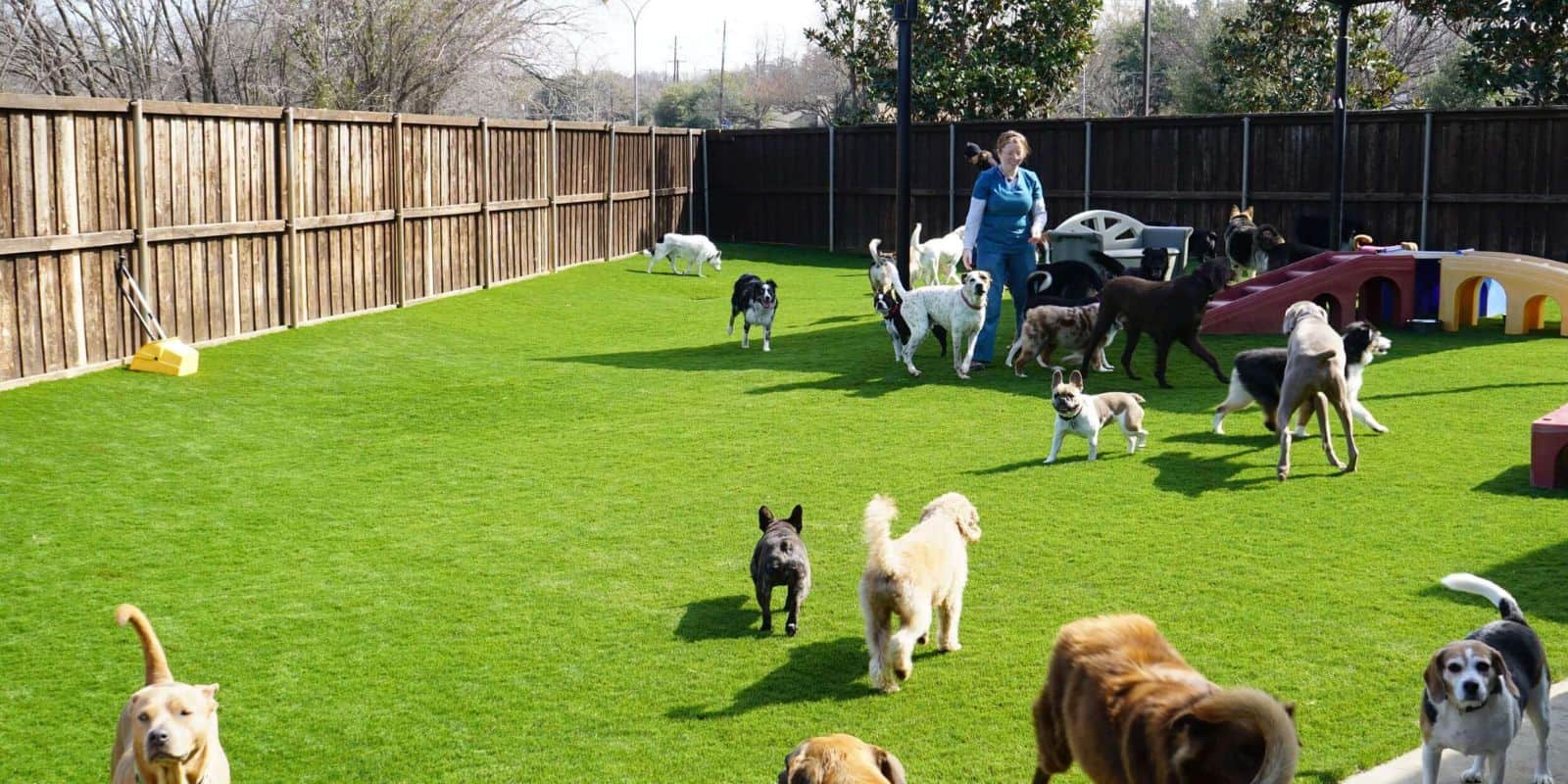
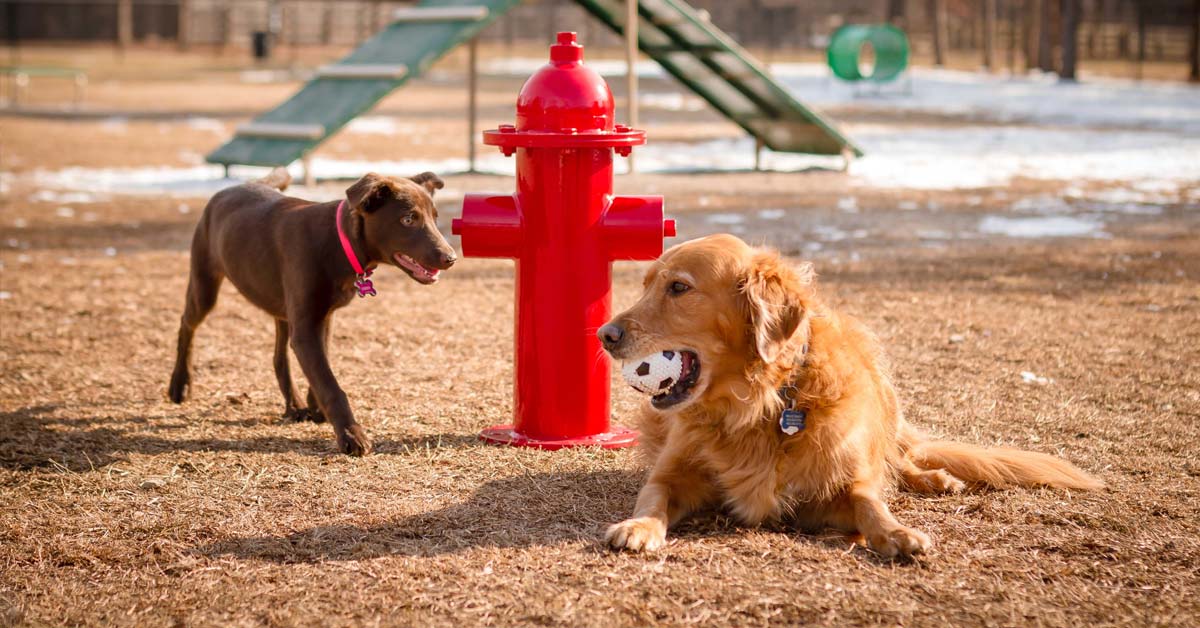
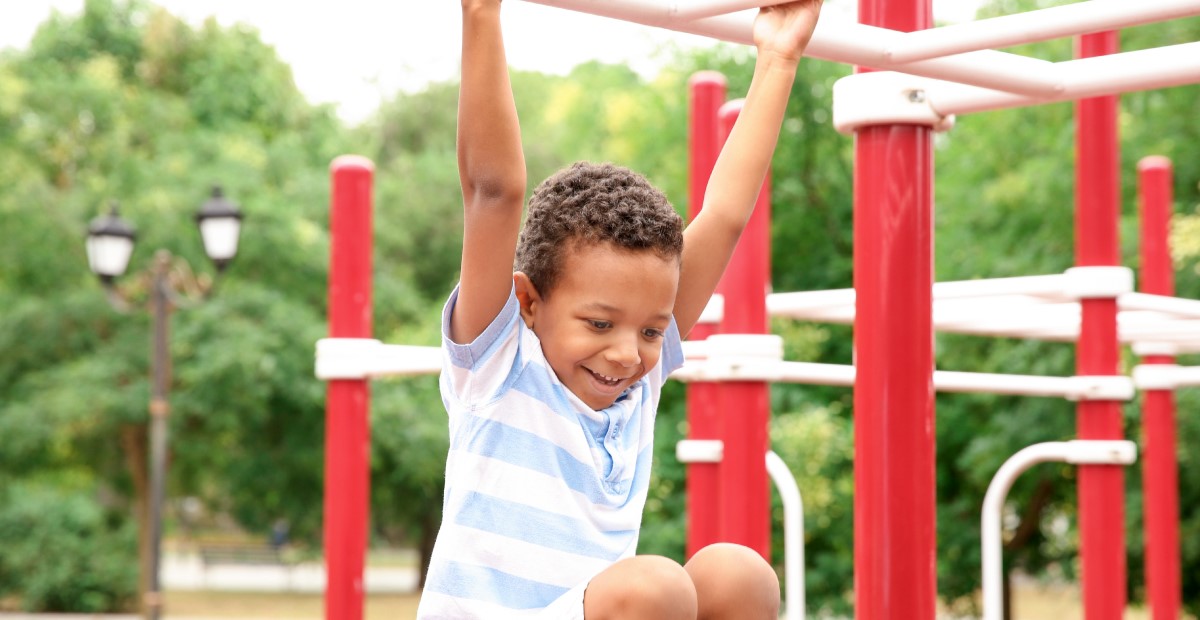
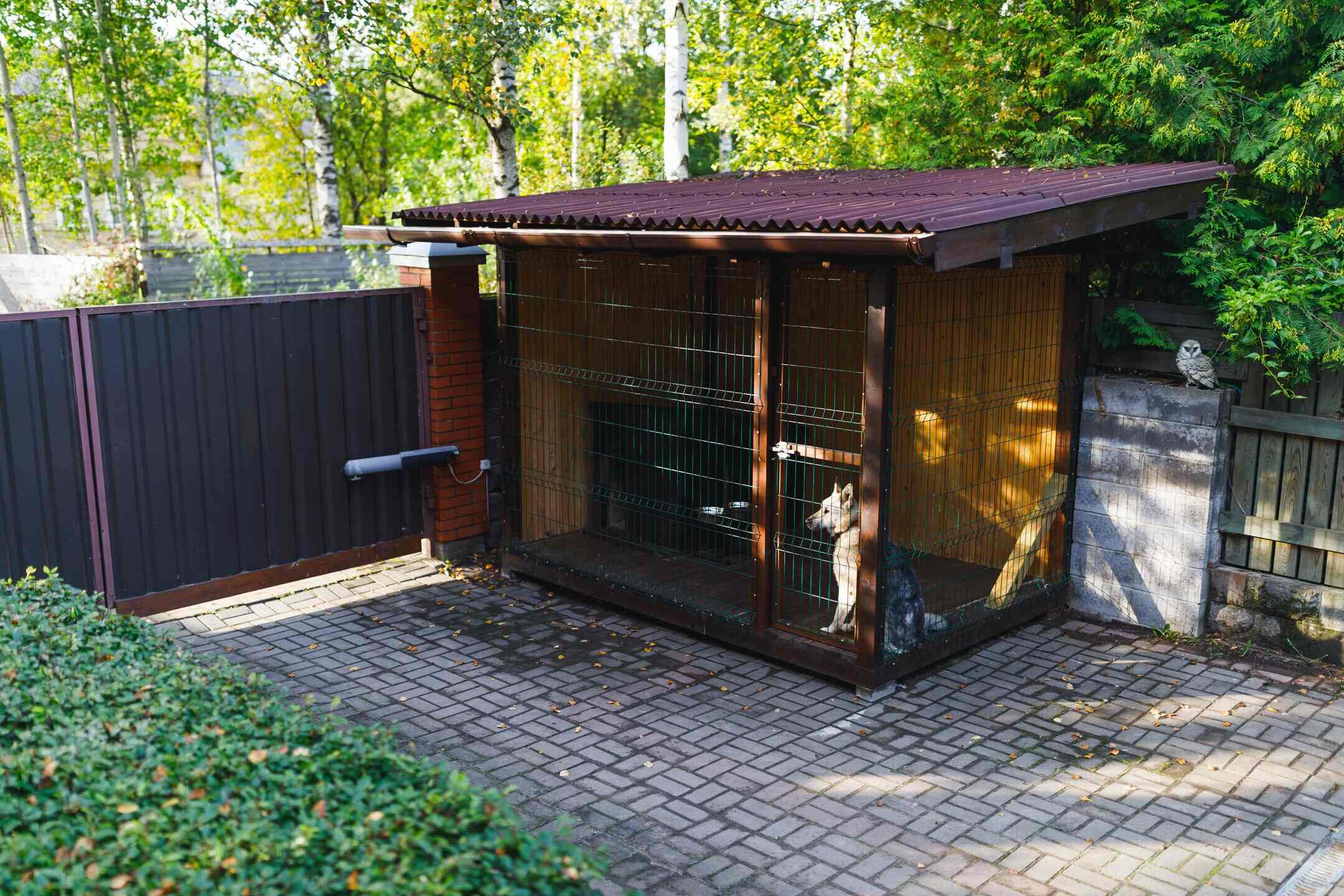
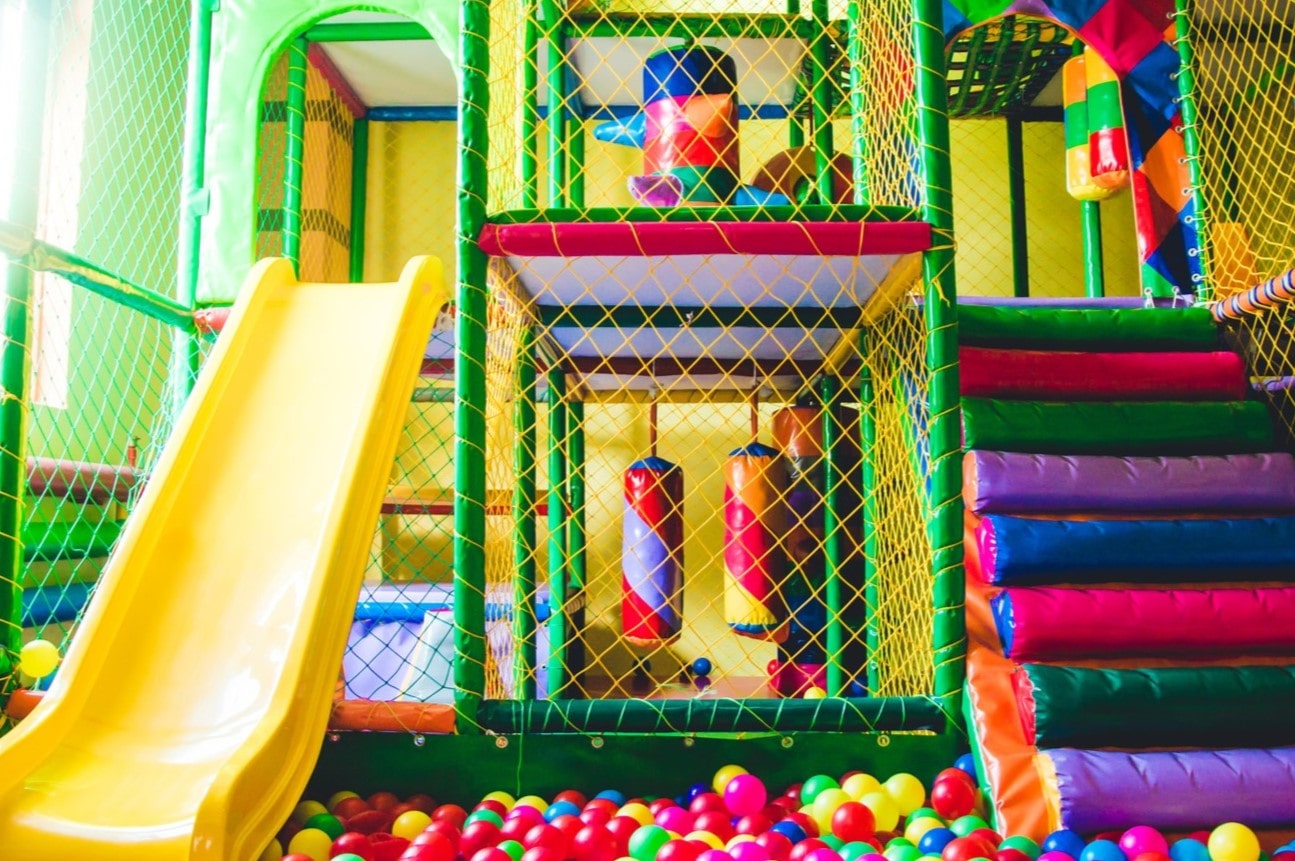
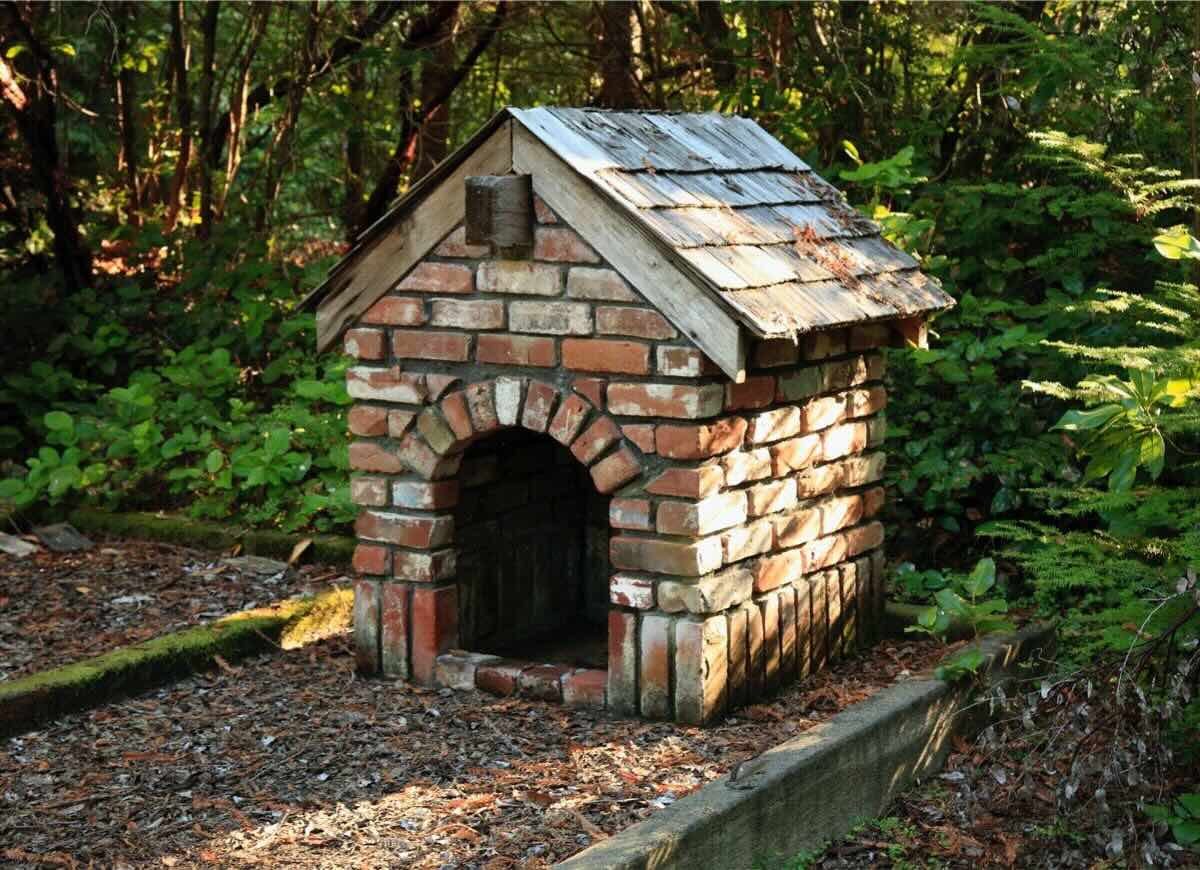
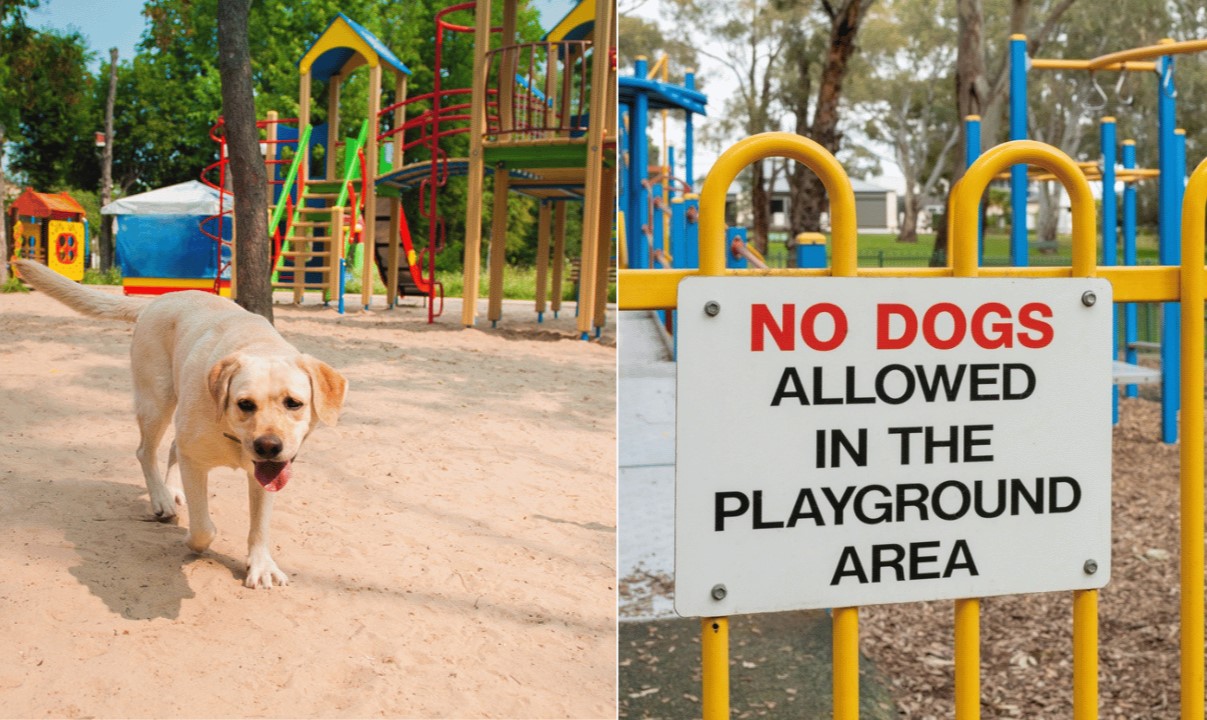
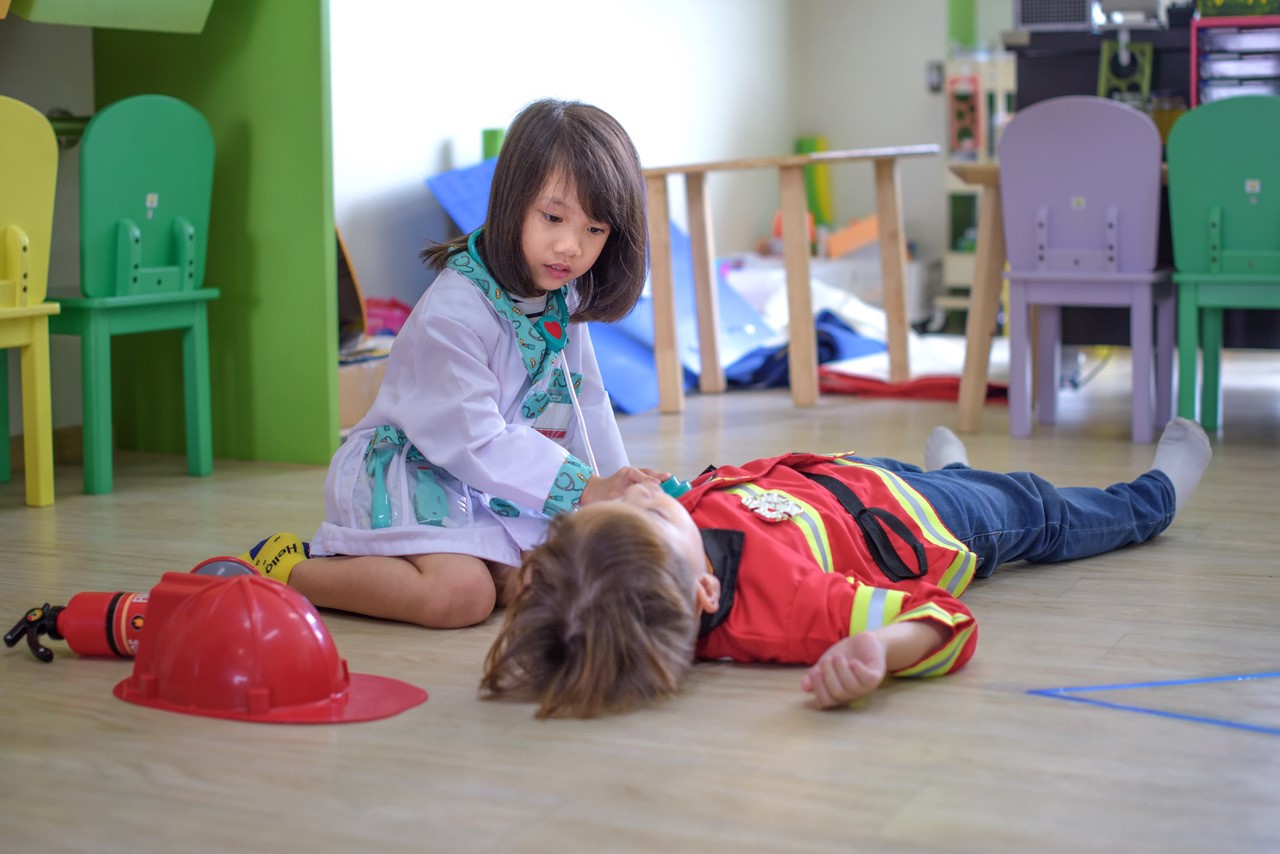
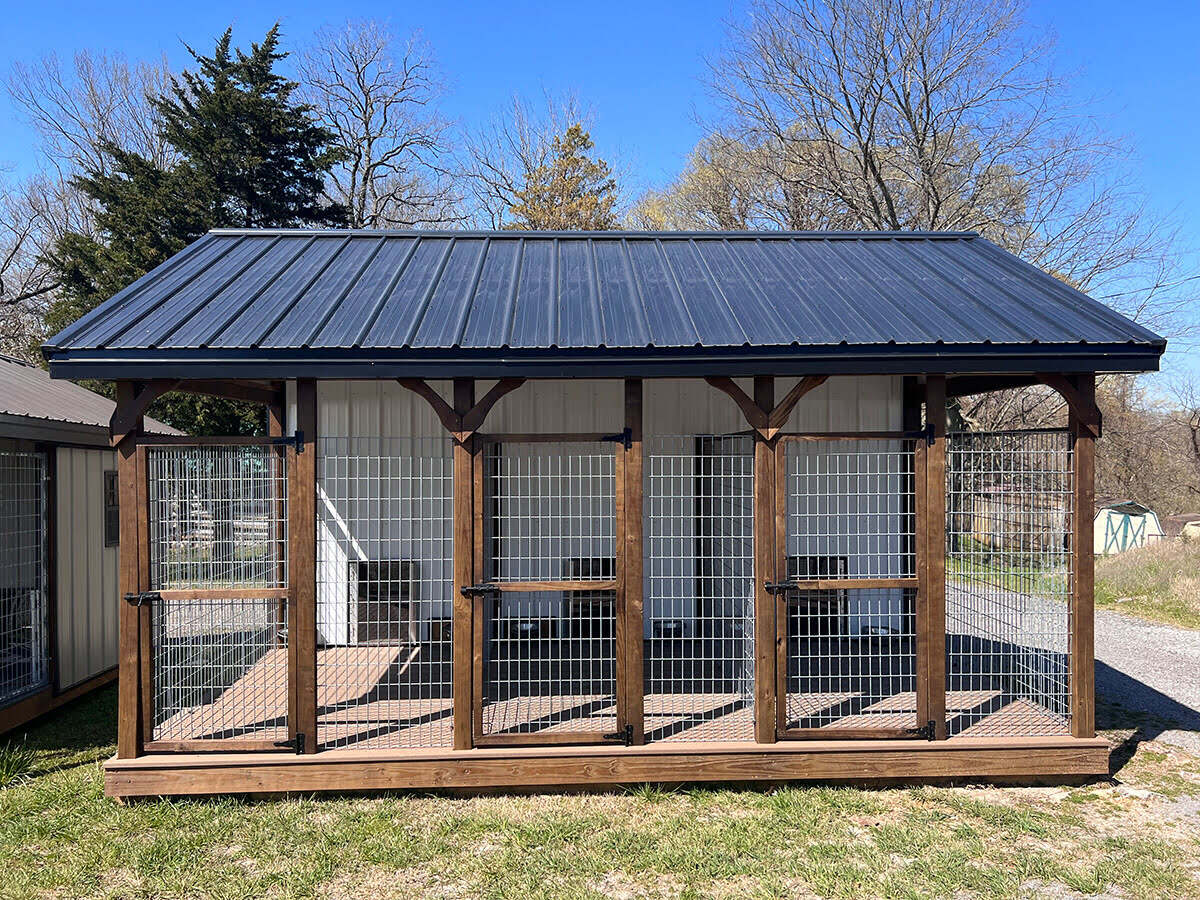
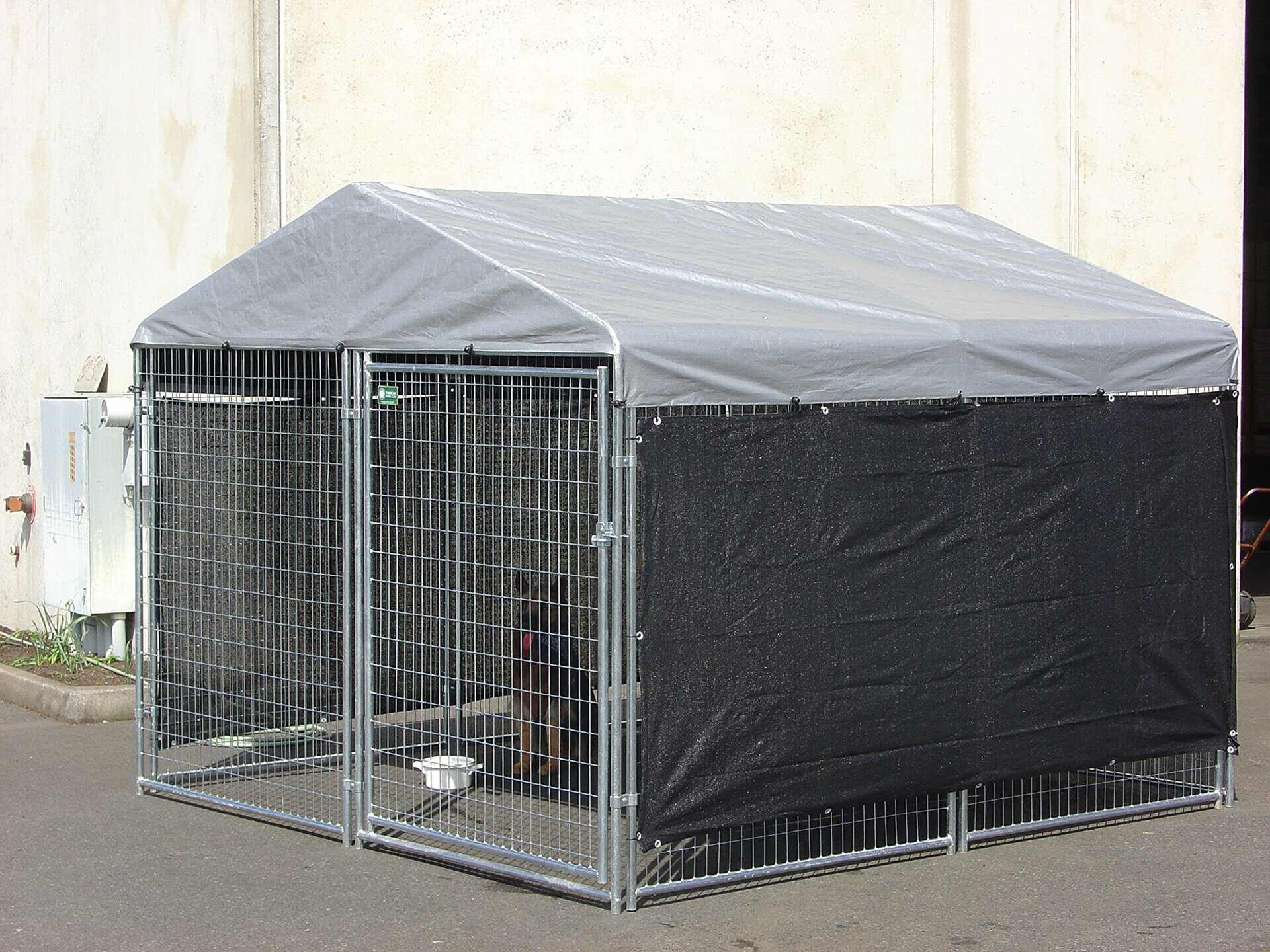
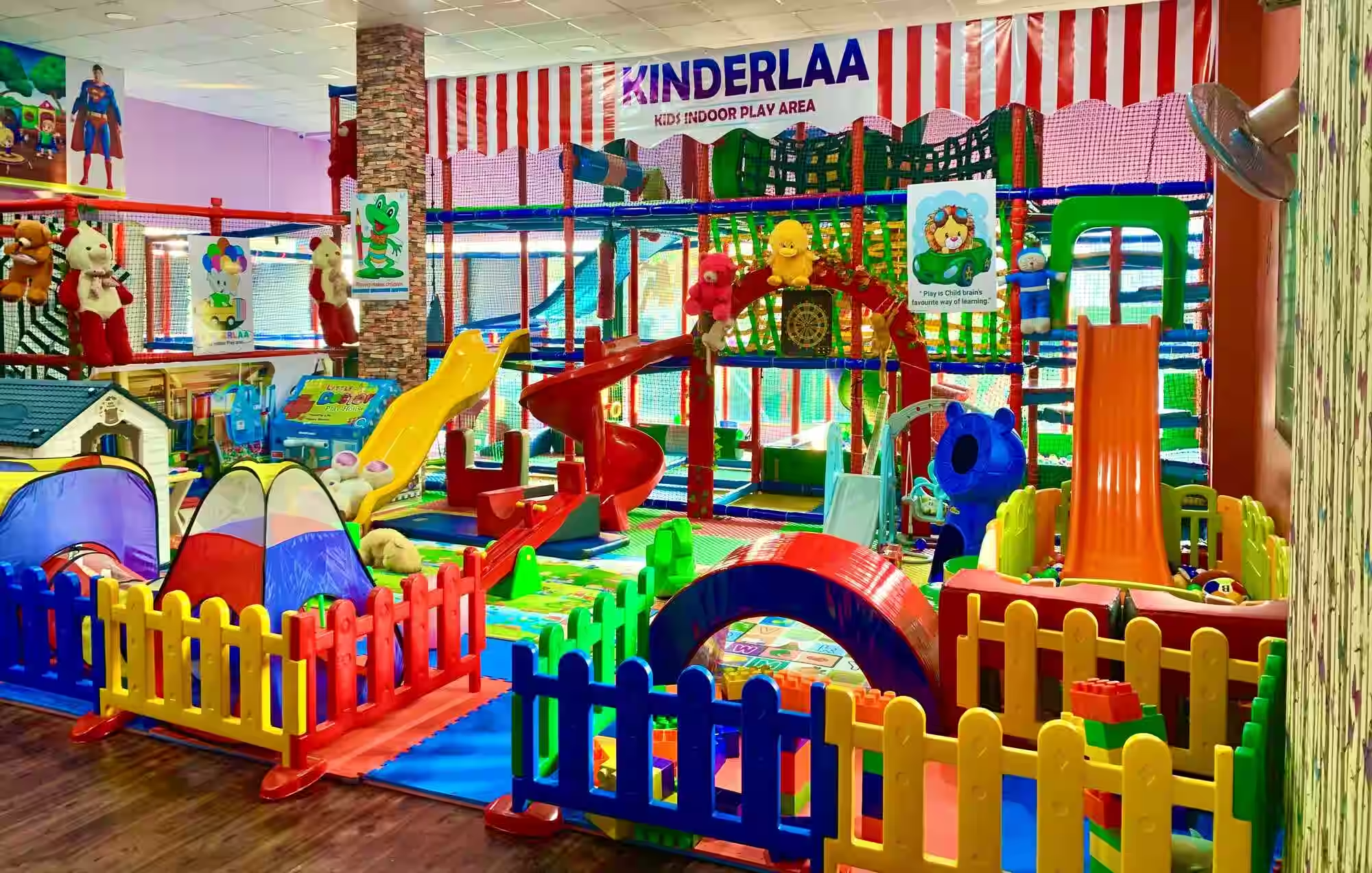
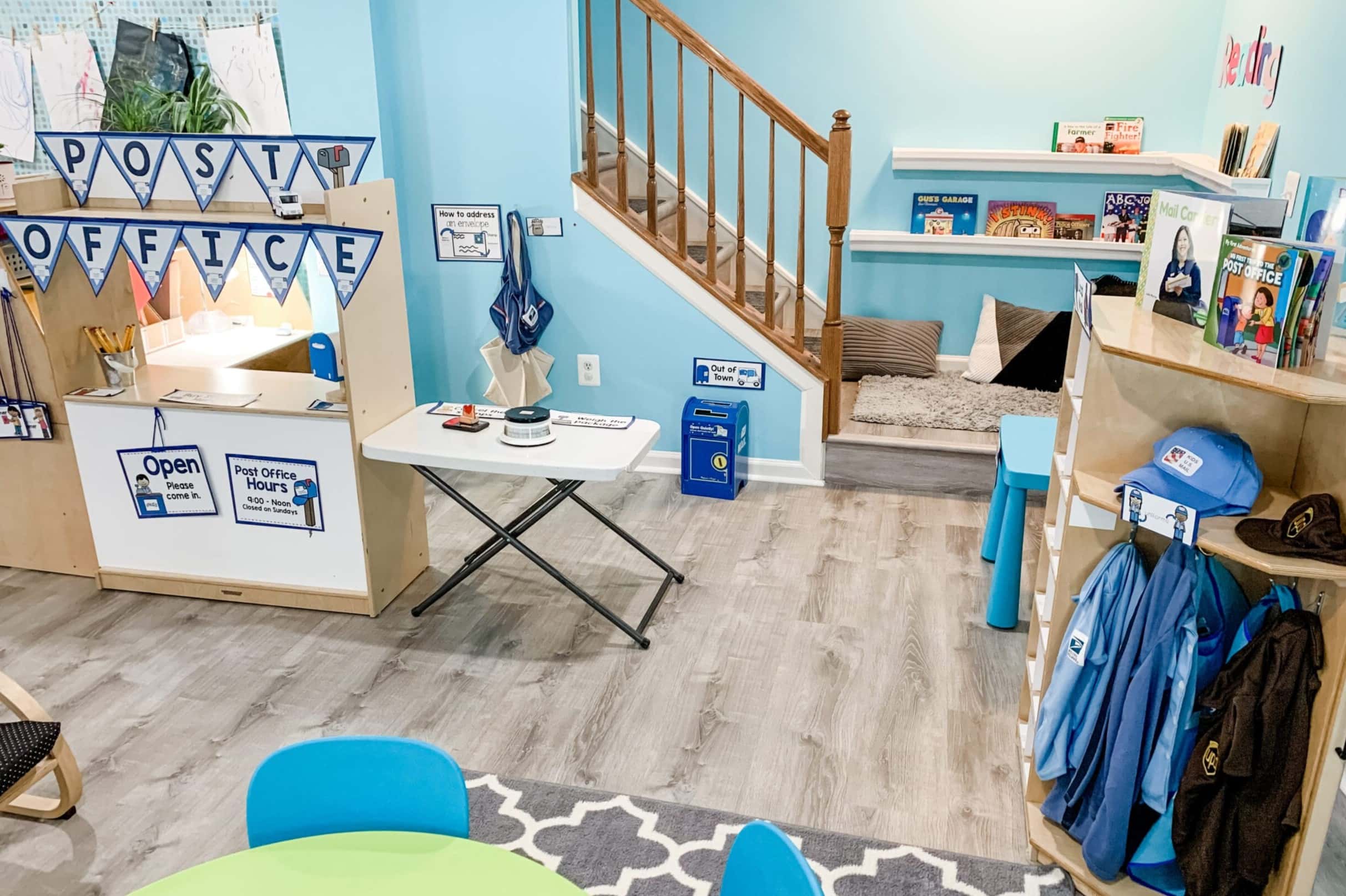
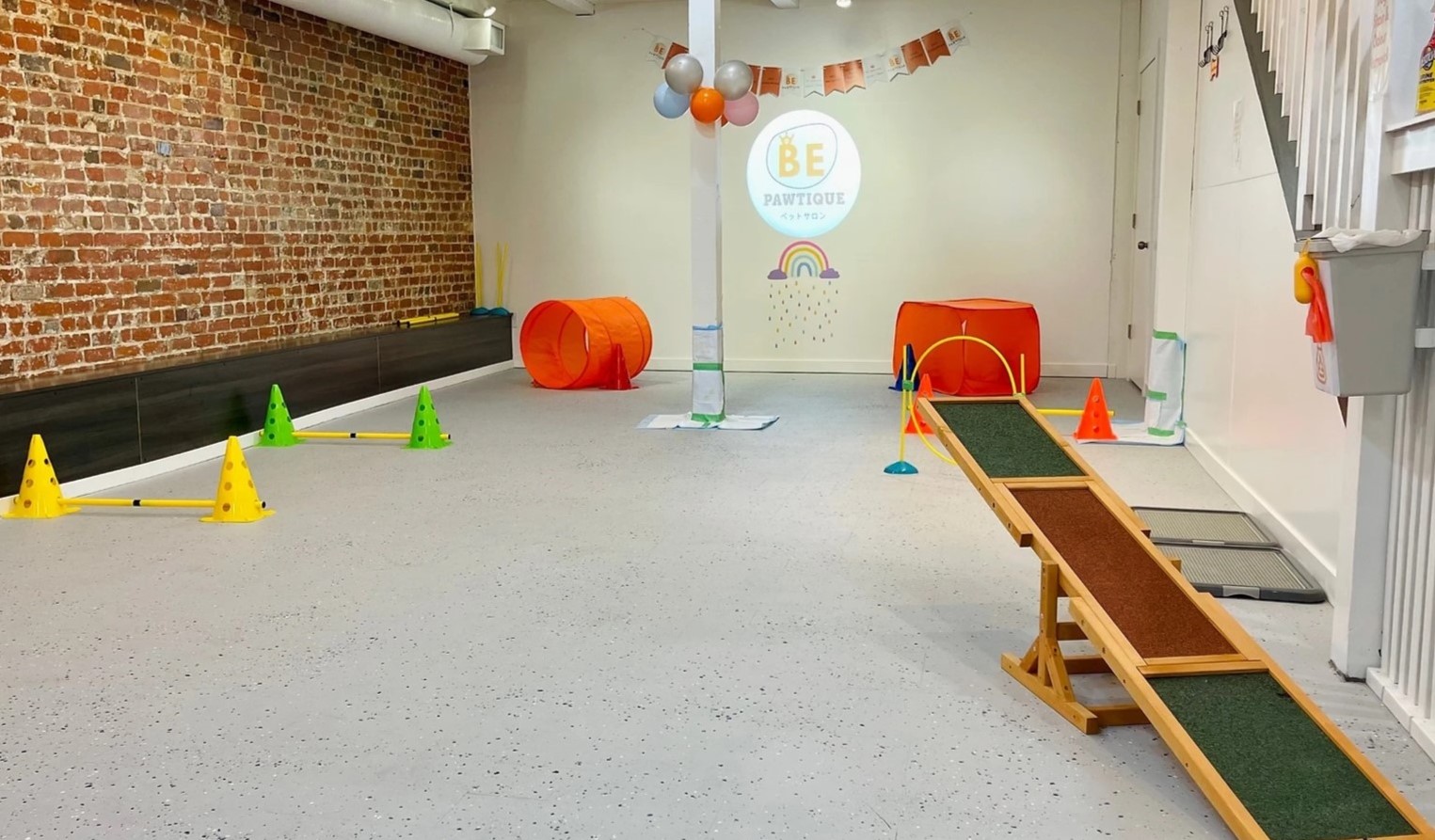

0 thoughts on “What Sanitizing Is Needed For Dog Kennel Near Children’s Play Area”